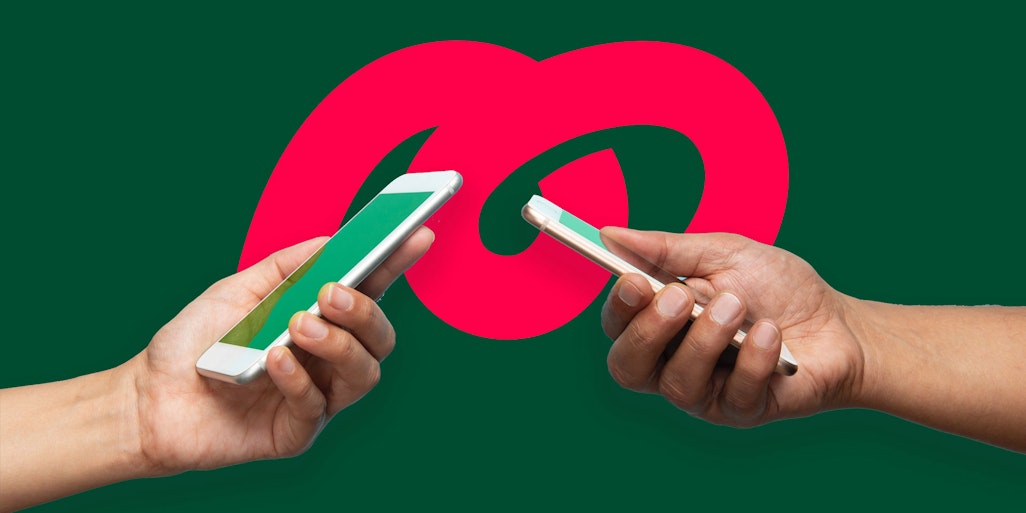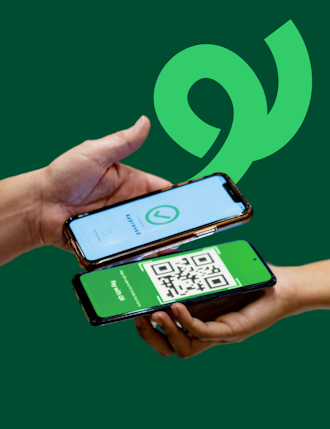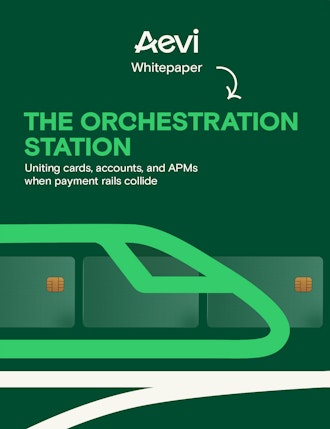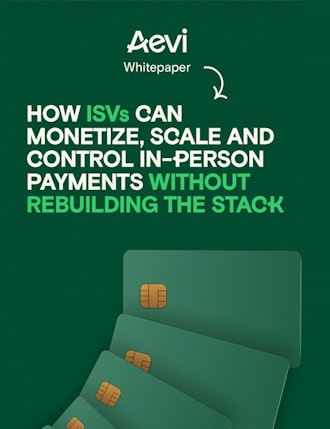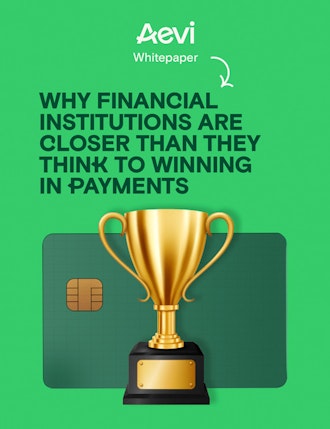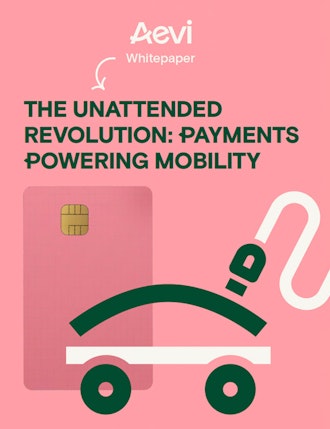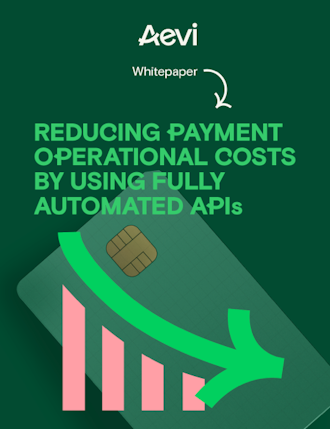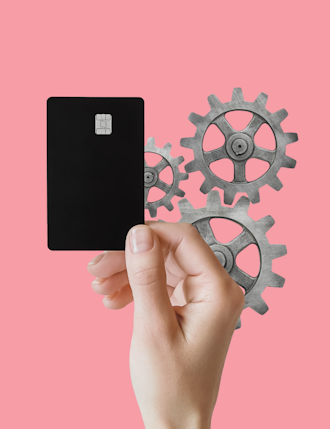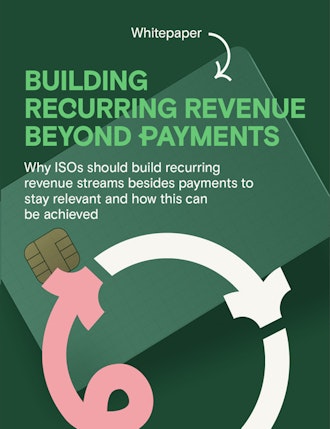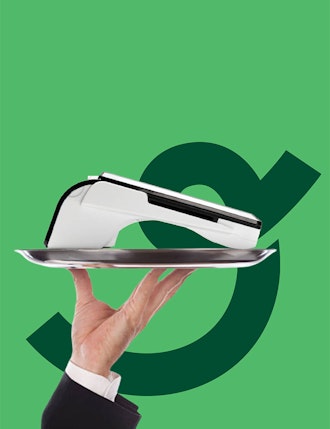We conducted a survey to delve into the views of Consumers, Merchants, Acquirers and Payment Service Providers on the market potential of SoftPOS. Get your copy of ‘Views on SoftPOS’ below to see the findings as well as summaries and recommendations from industry experts.
What is softPOS?
Traditionally card present payments were accepted mainly on secured payment devices. These devices were purpose built and certified under PCI security standards. Software Point of Sales, or more commonly known as SoftPOS, is a new approach for accepting a card payment via software on a device acting as a Point-Of-Sale.
These devices accepting the card payment are not traditional Point-Of-Interaction (POI) with sophisticated hardware to read EMV Chip cards. Typically, they are what is termed as Commercial Off the Shelf (COTS) devices, namely a mobile phone or tablet with in-built NFC.
A monitoring and attestation component of the SoftPOS solution assures the other components of the solution are in a secure state. SoftPOS enables a merchant to turn their own smart devices to payment acceptance devices. In this way, SoftPOS could redefine the payment acceptance space.
It is a contactless ‘Tap to Pay’ solution, which will enable merchants to take payments on any NFC enabled Android Device. However, applications will likely soon reach to other:
OS’s including iOS
Linux and Unix systems
What are the benefits of softPOS?
There are several benefits of using a SoftPOS solution over a traditional hardware solution. For detailed insight on the benefits mentioned below, download the views on SoftPOS report.
Smaller merchants, specifically in markets with high percentage of contactless cards, can make the best of SoftPOS solutions due to the cost and operational benefits of SoftPOS technology. For micro merchants SoftPOS is an easier and lower cost way to accept card payments.
There is no need to spend on specific payment devices, as cheaper off the shelf solutions can be used. Merchants and consumers using SoftPOS solutions are likely to already be accustomed to the device they are using, making payments easy to take and make.
There are also other benefits for the merchants such as convenience in terms of portability and battery life, and lessened chance of losing the payment device. There are also reduced hardware related issues. Traditional hardware comes with complications such as each device needing certification, key loading, shipping, and long lead times if a device requires replacing to name a few. All of these are removed when using a SoftPOS solution.
For solution providers, the biggest benefit is the speed at which they can enable a merchant to accept payments (this may be subject to automating merchant onboarding).
Larger enterprise merchants may also have many use cases with SoftPOS. Larger merchants can use SoftPOS as queue busting solutions, for temporary pop-up stalls or as a backup payment acceptance solution. It is sure that there will be more innovative ideas on the use of SoftPOS as the industry get used to such solutions.
SoftPOS vs mPOS
It is to be noted that MPOS solutions are different to SoftPOS. With MPOS, a secure payment device is connected (mostly via Bluetooth) to the merchant’s smart device to accept payment. With MPOS, payment acceptance is predominantly done through the secure payment device and the smart device acts as a communication channel.
mPOS has always been the go-to for merchants needing a small and cheap portable device, but is SoftPOS is about to take its crown?
The use cases have always been clear for mPOS, a cheap and small portable device with a decent battery life that can deployed to SME’s and enterprise alike.
SoftPOS though looks set to take that crown. The new MPOC standard due for release in Q4 2022 has rolled up all of the previous SPOC and CPOC standards, that will bring with it the ability to not only deploy a SoftPOS onto a phone but to offer card reader support and potentially commercial devices, it really could become a viable replacement for mPOS as time progresses.
For now, though mPOS still reigns supreme, particularly in offline PIN markets, SME and enterprise, it seems all but inevitable that in the micro merchant space and certain segments like taxi’s, people will gravitate towards SoftPOS rather than pay for a separate contactless reader or mPOS device.
Feature / Capability
Requires separate payment hardware
Uses merchant’s smart device (phone/tablet)
Payment acceptance handled directly on device
External secure card reader required
Bluetooth dependency
Low upfront hardware cost
Highly portable
Battery life dependent on smart device
Mature support for offline PIN markets
Suitable for micro-merchants
Suitable for SME and enterprise deployment
Supports contactless payments
Based on established security standards
Future replacement potential
Additional device management overhead
SoftPOS
✗
✓
✓
✗
✗
✓
✓
✓
✗
✓
✓ (growing)
✓
✓ (MPOC emerging)
✓
✗
mPOS
✓
✓
✗
✓
✓
✓
✓
✗
✓
✓
✓
✓
✓
✗
✓
The report: Views on SoftPOS
We conducted a survey to find out what the perceptions and market needs are of using SoftPOS, and what features might be important in such a solution. The groups surveyed were Consumers, merchants, Payment Service Providers, Acquirers or Other. All the results as well as insights drawn, and conclusions made by our internal experts have been published in our latest report, ‘Views on SoftPOS’.
Fill out the short form for your copy today.
What’s the market for SoftPOS?
The market for SoftPOS solutions is vast. According to a Kaiser associates’ study, 130mn SMB merchants worldwide do not accept electronic payments and are looking for low investment/low-cost solutions, especially with the pandemic forcing social distancing.

1 out of 3 merchants quotes the cost of a payment acceptance solution as the reason why they are hesitant to upgrade their proposition, especially since the cost of maintaining and upgrading terminals is valued at around $600 on an annual basis.
Further to the micro-merchant segment, bigger merchants are showing interest in this emerging technology, as it allows them to create more personal and mobile shopping and checkout experiences for their customers. With consumers starting to embrace contactless payments, smaller merchants appreciating a simple, inexpensive way of upgrading their payment acceptance environment, and the card industry looking for ways to raise the number of transactions of cashless payments in general, it seems natural that the industry is jumping onto this opportunity.
The market potential for this type of solution is growing at speed, basically turning any Android 8 OS (and above) hardware with a NFC reader into a potential payment acceptance Endpoint, this could be any future IoT device including Vehicles, EV chargers and Till Systems.
SoftPOS standards and solutions
There are many SoftPOS technology solution providers in the market. At this years Merchant Payments Ecosystem event, there were nearly a dozen vendors exhibiting their SoftPOS solutions. Most of the providers are smaller emerging companies who have built a solution on PCI CPOC (Contactless Payments on COTS) standard. Majority of these solutions need to be integrated with a payment gateway to complete the card acceptance journey.
Current SoftPOS solutions have some limitations; as they only support international card schemes, only support limited card holder verification methods, and may have limited use in markets with offline PIN validations.
Upcoming changes
PCI is working on a new standard which is anticipated to be published sometime in 2023. The new standard MPOC (Mobile Payment on COTS) is expected to cover amalgamation of CPOC & SPOC standards, different types of payment acceptance devices COTS and non-COTS, modularity in the solution development, potential for store and forward during online connectivity issues etc. PCI is also seemingly working with EMV and local card schemes to include such kernels to expand the acceptance within MPOC.
Once the new standard is out, it will be interesting to see how and who of the current solution providers redesign their stack to confirm to the new standards.
In addition, some of the global players including international card brands are introducing their own SoftPOS solutions and offering to general merchants. This can only heat up competition in the race for the SoftPOS market.
The future for SoftPOS
SoftPOS is an interesting proposal for merchants to accept card payments and has the potential to be disruptive in the market. The regulatory standards and certification of such solutions are evolving too, the new MPOC standard is expected to be transformative. Many of the larger payment providers are beginning to offer some SoftPOS solutions. SoftPOS is definitely making an impact on the payment space, however SoftPOS is very unlikely to take over the traditional payment device estates in the short to medium term.
It looks like software is the future of payment acceptance and so it is an exciting time for the payment industry as a whole.
Contributors:
- James Durrant, Head of Product
- Prasad Nambiar, Pre-Sales Technical Specialist
Interested in reading more around this subject? Here are some useful articles…

